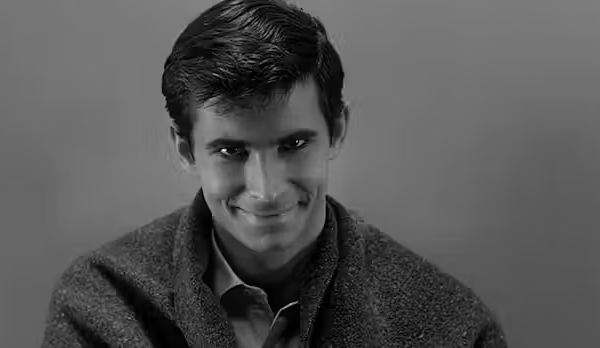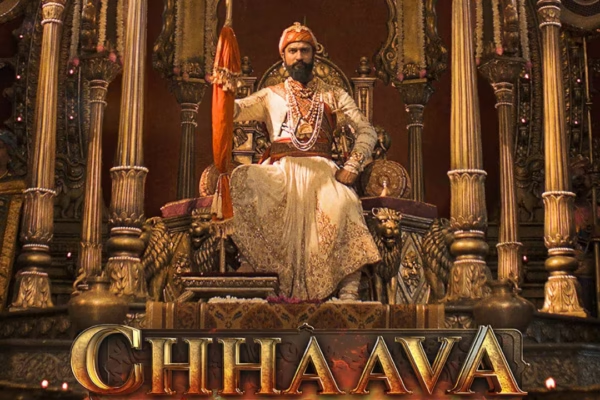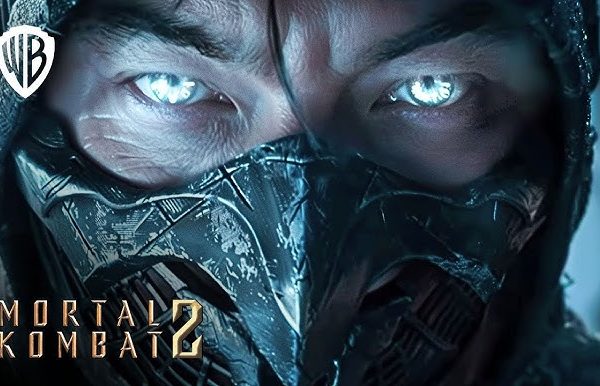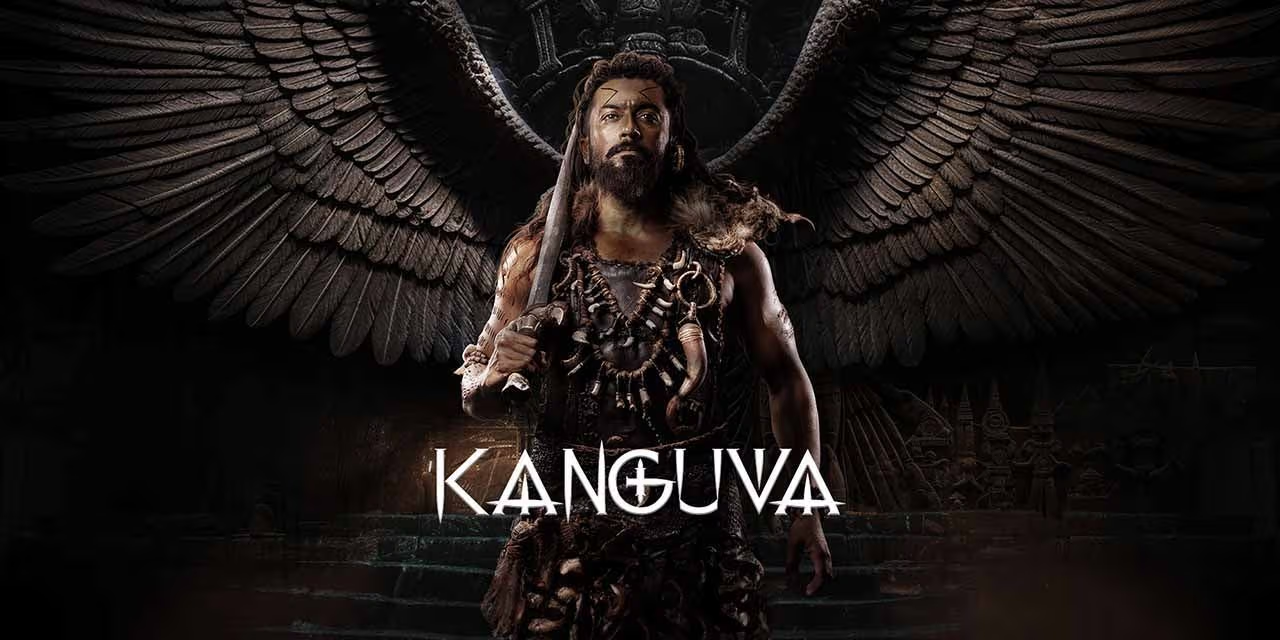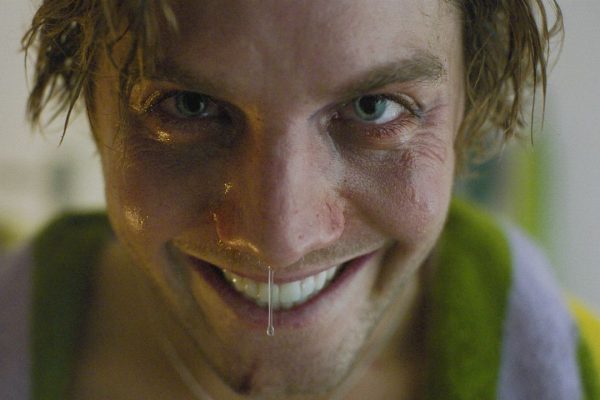
Kesari Chapter 2 – A Riveting Courtroom Clash Over the Jallianwala Bagh Massacre
Bollywood returns with a gripping tale of justice, patriotism, and historical reckoning in Kesari Chapter 2: The Untold Story of Jallianwala Bagh. Released on April 18, 2025, the film is not just a sequel to the 2019 epic Kesari, but a bold step forward into the courtroom, where silence is broken and history is questioned. Starring Akshay Kumar as Justice Chettoor Sankaran Nair and British actor Simon Paisley Day as the infamous General Reginald Dyer, this powerful drama resurrects one of India’s most painful historical episodes—the Jallianwala Bagh massacre of 1919—and brings it into the light of legal justice. A Courtroom Showdown That Reverberates Through Time While the original Kesari was celebrated for its battlefield heroics, this chapter chooses the courtroom as its arena. Here, Justice Nair—lawyer, statesman, and unwavering patriot—stands tall against the British establishment, seeking justice for the thousands martyred at Jallianwala Bagh. Rather than dramatizing the massacre with visuals alone, director Karan Singh Tyagi opts to tell the story through sharp legal confrontations and emotional testimonies. The result is a slow-burning, impactful drama that relies on dialogue and performance rather than action. Akshay Kumar as the Voice of a Nation Akshay Kumar is in commanding form as Justice Chettoor Sankaran Nair. His performance is restrained yet fierce, driven by integrity and moral clarity. He carries the emotional weight of a nation’s trauma and speaks truth to power with compelling intensity. Opposite him, Simon Paisley Day’s portrayal of General Dyer is chilling. He captures the cold, calculated demeanor of the man behind one of the darkest chapters in Indian history. Their verbal sparring inside the courtroom is one of the film’s greatest strengths. A Story Rooted in Real History Inspired by the book The Case That Shook the British Empire, the film doesn’t just dramatize—it educates. It tells the untold story of how one Indian revolutionary challenged British colonial arrogance using law as his weapon. Set during a time when colonial repression was the norm, the movie reminds viewers how bold and groundbreaking Nair’s legal action was. It wasn’t just a fight for justice—it was an act of rebellion. Strong Supporting Cast and Direction Ananya Panday plays Dilreet Gill, Nair’s trusted assistant, and brings a much-needed emotional counterbalance to the intense proceedings. R. Madhavan also joins the cast as advocate Neville McKinley, a British legal counsel caught between justice and empire. Director Karan Singh Tyagi deserves credit for his meticulous attention to detail—from courtroom realism to historically accurate set design. With Karan Johar backing the production, the film never compromises on scale or polish. Final Verdict: A Historical Drama That Hits Home Kesari Chapter 2 isn’t just about revisiting history—it’s about confronting it. It invites viewers to reflect on justice, courage, and accountability. The performances, storytelling, and emotional gravitas all combine to make it one of the most meaningful historical dramas Bollywood has produced in recent years. This film is a must-watch for anyone who values truth, resilience, and the power of a single voice standing against an empire.


